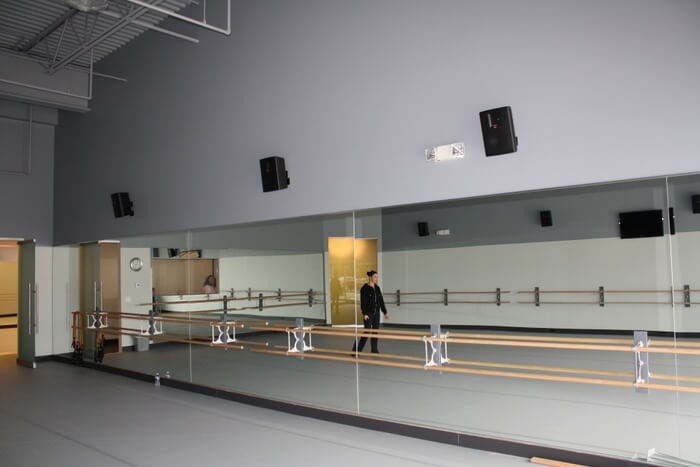Transforming Broadcasting with Cutting-edge Audio via Internet Protocol Technologies toward a Integrated Future
Transforming Broadcasting with Cutting-edge Audio via Internet Protocol Technologies toward a Integrated Future
Blog Article
This realm of media is undergoing a major transformation due to cutting-edge audio via IP (AoIP) solutions. These advancements are changing how audio programming is created, distributed, and received. Audio over IP refers to the approach of sending audio signals over a computer network, utilizing Internet Protocol (IP) instead of conventional analog methods. This transition not only enhances the quality of audio delivery but also provides media professionals with more flexibility and authority over their programming.
A single major advantage of audio over IP systems is its capability to connect multiple devices and systems efficiently. Traditional broadcasting frequently relied on intricate cabling and tangible links, which could be cumbersome and restrictive. With AoIP, broadcasters can easily interface mics, mixers, and additional equipment through a shared network. This convergence allows for remote broadcasting and live transmissions from virtually any place, making it easier to connect with listeners across the world. As a result, broadcasters can react quickly to current events and audience requests, leading to more dynamic and captivating content.
Moreover, AoIP systems facilitates superior audio standards that improve the auditory encounter. In contrast to conventional broadcasting methods, which may diminish sound standards, audio over IP can preserve the purity of the audio stream during the transmission process. This means that listeners can enjoy clearer and more detailed sound, regardless of whether they are listening in via terrestrial radio, broadcasting over the internet, or employing portable devices. The capability to deliver high-fidelity audio is particularly crucial for musical and discussion programs, where each nuance matters to the listeners.
Additionally, the adoption of audio over IP technologies can lead to financial efficiencies for broadcasters. By using existing network infrastructure, organizations can remove the need for costly hardware and large-scale cabling. This not only lowers initial costs but also decreases operational expenses over time. Broadcasters can allocate resources more efficiently, investing in content creation and human resources development. As a result, the entire broadcasting industry can benefit from increased innovation and inventiveness, as financial resources are reallocated toward enhancing programming and this website interacting with audiences.
In conclusion, the shift towards audio over IP technologies is transforming the broadcasting landscape. By enabling seamless connections, enhancing audio quality, and lowering costs, AoIP is clearing the path to a more integrated future in broadcasting. As media organizations continue to adjust to these changes, they will be better equipped to meet the needs of their audiences, produce captivating content, and remain competitive in an ever-evolving industry. The prospects of broadcasting is promising, and audio over IP will take a key role in defining how we experience audio content in the future to follow.